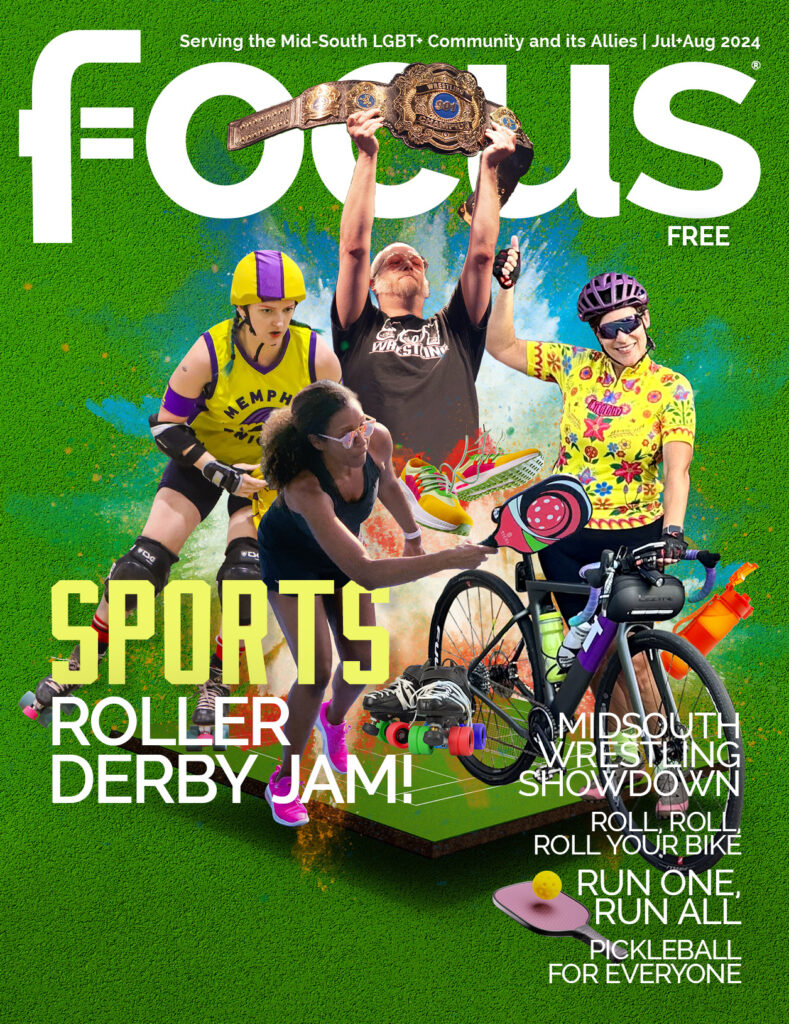Living in the underbelly of civilization, on the edge of the norm, the queer community has been situated in a sector of society shadowed by cis-heteronormativity and conservative politics. However, with the increasing exposure of queer and nonnormative identities in media, shortcomings have been illuminated in a narrowed representation of queerness–an abstract concept with endless applications. To associate the sum of queerness with representation found in popular culture is to contribute to a “monstrous culture in which true gender and sexual difference remain unintelligible, despite a global euphoria about the mainstreaming of LGBTQ+ visibility and acceptance.”1
Representations of queerness create a typecast or reference point in visual culture for a community that has been historically shamed by a domineering society for being ‘different,’ subversive, sinful—or, simply put, monsterous. By bringing to light representations of queerness—which, keep in mind, come out of Eurocentric, colonial, patriarchal conventions– dominant heterosexual society has produced an image to assign fear by creating monsters out of the queer community.
If both sides of the hetero/queer social conflict are indicative of shadowing a population and monsterizing it, why don’t we embrace the monstrosity? Is there a way to live mythically and fantastically while owning a position on the outskirts of society? While there are positive movements towards visibility with queer representation in media, “gender signifying can be a ‘release’ to the subject but such resistive significations remain monstrous to outside others.”2
The ‘outside others’ are the ones affected by this representation. The folks who are too ‘queer’ and ‘fluid’ are the ones left out of the narrative. Gender theorist Judith Butler suggests: Replications never turn out quite as we might expect, that there is something monstrous at the core of replication, and that the desire for the perfect copy of a perfected image [of gender, of heterosexual desire] is not only monstrous, but breeds forms of monstrosity that expose both the impossibility and the cruelty of such a demand.3
By creating a replication of nonnormative genders through visual media, a set of rules are created on how a member of society should exist; however, queerness is an abstract and fluid identity that transcends the conventions of linguistic barriers. There is no room for permanence in queerness, and by crafting stereotypes of our community, cis- centric society writes a rulebook for a game that is designed to have no rules.
By creating a replication of nonnormative genders through visual media, a set of rules are created on how a member of society should exist; however, queerness is an abstract and fluid identity that transcends the conventions of linguistic barriers. There is no room for permanence in queerness, and by crafting stereotypes of our community, cis- centric society writes a rulebook for a game that is designed to have no rules. Queer bodies in the mirror of representation “[do] not represent a body that is, as it were, before the mirror: the mirror… produces that body as its delirious effect–a delirium which we are compelled to live.”4
In an effort to be accepted in a society that has rejected queerness, queer culture has adapted to the prescribed identities that are deemed acceptable to dominant society. In doing so, we cast shadows on the parts of the community that do not comfortably sit within the prescribed framework of gender and sexual identities. “The shunning of ‘unintelligible’ gender embodiments and queer desire by mainstream media and culture creates the shame and shudder of… rejection.”5 In other words, bodies that are “unintelligible” or exist outside of our linguistic capabilities are cast out for not conforming to the stereotypes. So, how do we change the conversation of queer representation in a way that expands the cis- normative understanding of queerness to encapsulate rejected positions? Through monsters, of course.
In order to imagine “distinctly queer and alternative futures,” we need a device that twists identity.6 Removing preconceived associations of queer expression by distorting the human form creates further possibilities to express abstract and expansive ideas. In providing an alternative visual representation to communicate queerness, the idea is much more approachable to the non- queer eye. It retracts the linguistic conventions that allow political hierarchies. We are no longer bull dykes, trannies, queers, hermaphrodites, tomboys, sissies, gays, lesbians, and fags. We are monsters: unknown and intriguing. We are something otherworldly and strange, worth investigating, cautiously, for beasts lie in the shadows. Transgender theorist Susan Stryker beautifully outlines the power of monstrosity:
“Monsters, like angels, function as messengers and heralds of the extraordinary. They serve to announce impending revelation, saying, in effect, ‘Pay attention: something of profound importance is happening.”7
By transforming queer identity from the human to the non-human, people are able to set aside notions of prescribed fear for a different element of fear–fear of the unknown. The unknown is unexplainable, and so is queerness. “To detour around the obstruction of unbearable reality,” is to forge a new path of representation, one that relies on the ambiguous tactics ingrained in queer theory.8 Through altering our reality, we provide spaces for new one–ones that are fantastic, fabulous, crude and unapologetic. There becomes room for the queers, freaks, monsters, dragons, ghouls, fairies, furries, cenobites, werewolves, demons, vampires, the undead, witches, warlocks, angels, aliens, sentient orbs, celestial beings, and creatures of the night.
REFERENCES:
- Jones, Stacy Holman, and Anne Harris. (2016). “Monsters, Desire and the Creative Queer Body.” Continuum 30, no. 5 (2016): 518–30.
- Ibid.
- Butler, Judith. 2014.
- Butler, J. 1993. Bodies That Matter: On the Discursive Limits of ‘Sex’. New York: Routledge.
- Jones, Stacy Holman, and Anne Harris. “Monsters, Desire and the Creative Queer Body.” Continuum 30, no. 5 (2016): 518–30.
- Halberstam, J. 2011. The Queer Art of Failure. Durham, NC: Duke University Press.
- Stryker, S. 2006. “My Words to Victor Frankenstein above the Village of Chamounix: Performing Transgender Rage.” In The Transgender Studies Reader, edited by S. Stryker and S. Whittle, 244–251. New York: Routledge.
- Solnit, R. 2014. The Faraway Nearby. New York: Penguin.




